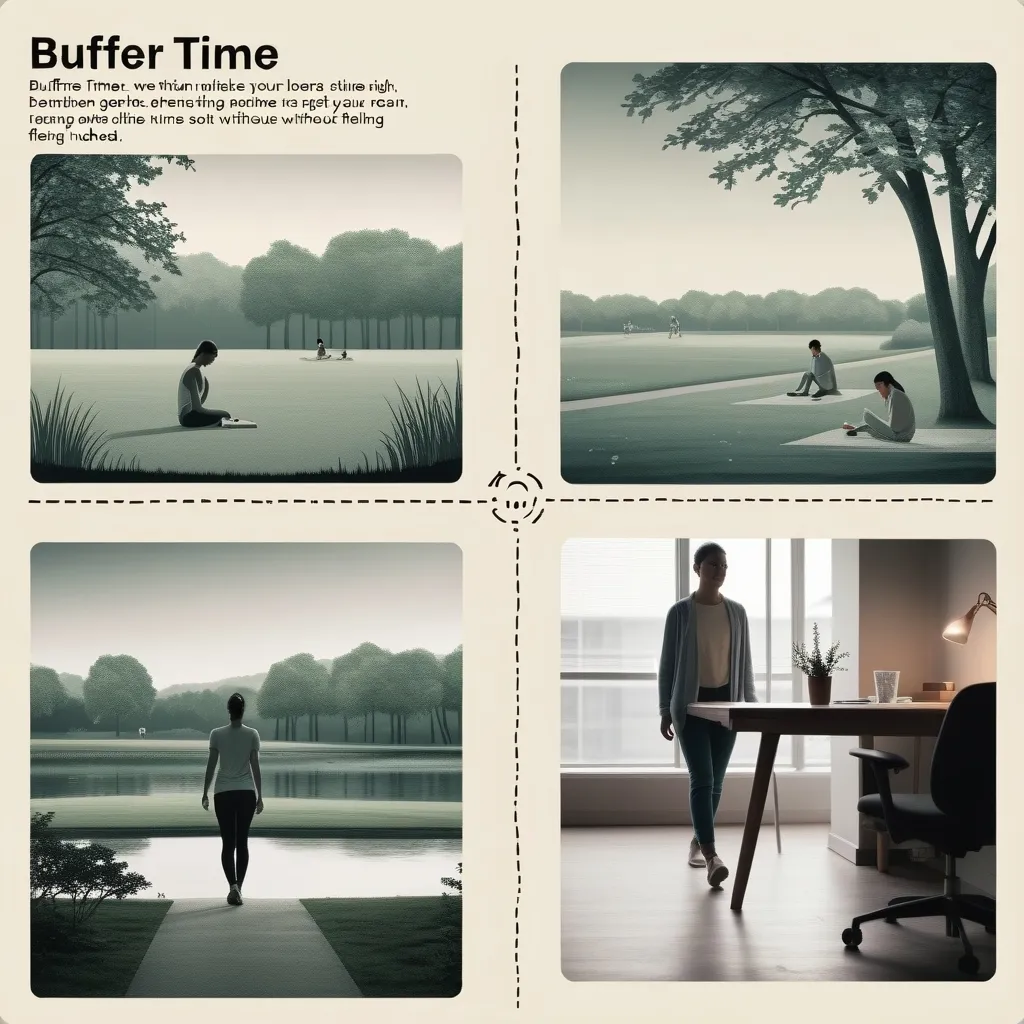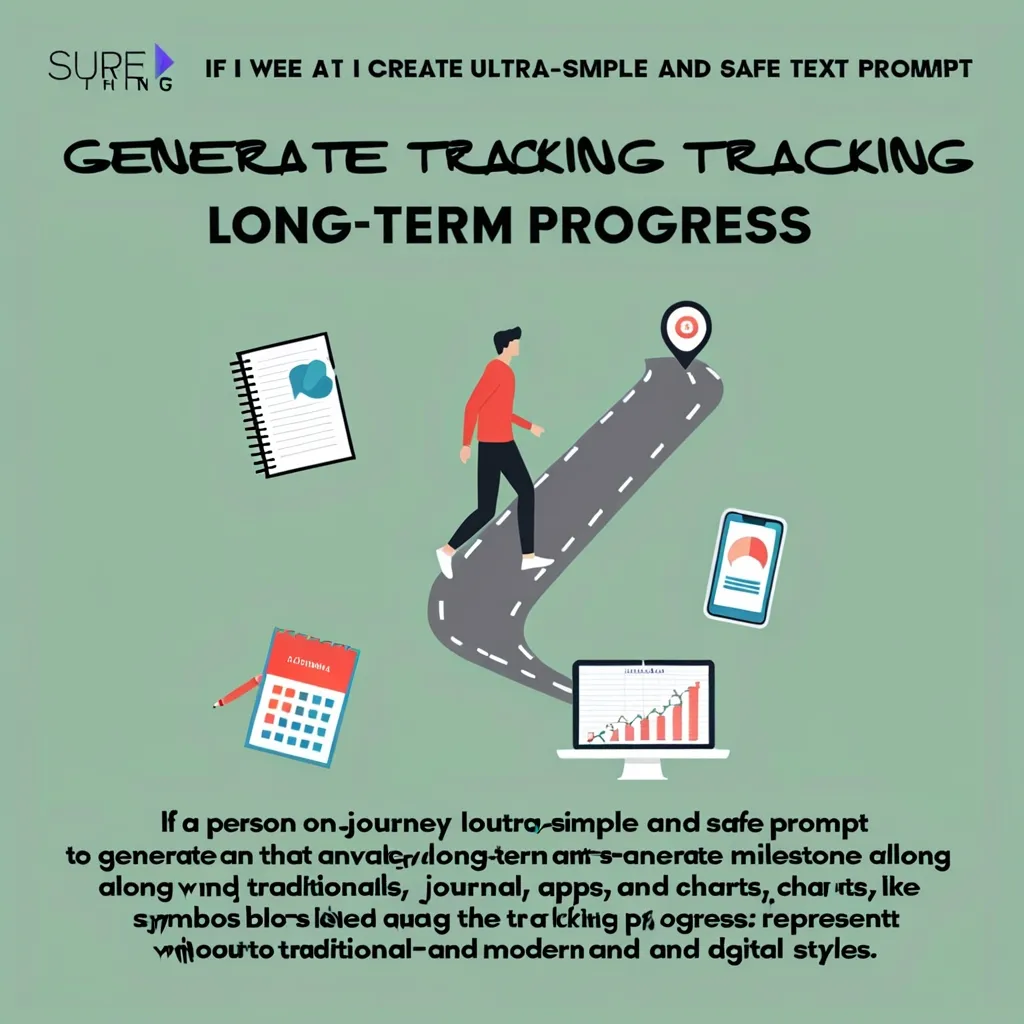Finding Your Peak Productivity: Maximizing Efficiency in Your Workday
Ever feel like you’re swimming against the tide when it comes to getting things done? You’re not alone. We all have those days where it seems like we’re just spinning our wheels. But here’s the thing - it doesn’t have to be that way. With a little know-how and some clever tweaks to your routine, you can turn your workday into a productivity powerhouse.
Let’s dive into the world of peak performance and discover how to make every hour count. Trust me, by the time we’re done, you’ll be chomping at the bit to put these ideas into action.
The Early Bird Gets the Worm (Sometimes)
You’ve probably heard that morning is the best time to get stuff done. And for a lot of folks, that’s true. There’s something about those first few hours of the day that just feels fresh and full of possibility. Monday and Tuesday mornings, in particular, seem to be when many of us are firing on all cylinders.
Picture this: you wake up before the sun, brew a steaming cup of coffee, and settle in for some uninterrupted work time. Sounds pretty great, right? For many people, it is. Those quiet morning hours can be perfect for tackling your toughest tasks before the chaos of the day sets in.
But here’s the kicker - not everyone’s a morning person. And that’s totally okay. In fact, trying to force yourself into a morning routine if you’re naturally a night owl can do more harm than good.
Know Thyself: Understanding Your Chronotype
So, what’s a chronotype? It’s basically your body’s natural rhythm - when you feel most awake and alert. Some people are morning larks, bouncing out of bed at the crack of dawn. Others are night owls, hitting their stride when the sun goes down. And then there are the “third birds” who fall somewhere in between.
Figuring out your chronotype is like finding the key to your personal productivity kingdom. Once you know when your energy naturally peaks, you can schedule your most important tasks for those times. It’s like working with your body instead of against it.
For example, if you’re a morning lark, you might want to block off your first few hours for deep, focused work. Night owls, on the other hand, might find they do their best brainstorming in the late evening hours.
Your Workspace: More Than Just a Desk
Now, let’s talk about where you work. It turns out, your environment can have a huge impact on how much you get done. Some people thrive in the buzz of an open office, feeding off the energy of their coworkers. Others need the peace and quiet of a private space to really focus.
Interestingly, there seems to be a bit of a generational divide here. Older employees often prefer the privacy of their own office, while younger workers tend to dig the collaborative vibe of open spaces. But hey, there’s no one-size-fits-all solution. The key is to figure out what works best for you.
Maybe you’re most productive when you’re working from home in your pajamas. Or perhaps you need the structure of an office environment to stay on track. Whatever it is, don’t be afraid to advocate for the workspace that helps you do your best work.
Taming the Distraction Beast
Ah, distractions. The arch-nemesis of productivity. We’ve all been there - you sit down to work on an important project, and suddenly your phone is buzzing with notifications, your coworker wants to chat about last night’s game, and your inbox is overflowing with emails that all seem urgent.
The trick is to identify your biggest distractions and find ways to minimize them. Maybe that means putting your phone on silent during work hours, or using a website blocker to keep you off social media. For some, it might mean finding a quiet corner of the office or investing in a good pair of noise-canceling headphones.
Remember, it’s not about eliminating all distractions (that’s pretty much impossible). It’s about managing them so they don’t derail your entire day.
Crafting Your Perfect Day
Now, let’s get down to the nitty-gritty of scheduling your day for maximum efficiency. Everyone’s ideal schedule will look a little different, but here’s a general framework you can use as a starting point:
Early Morning: This is prime time for planning and tackling your most challenging tasks. Your brain is fresh and ready to go, so make the most of it.
Mid-Morning: Around 10 a.m. is a great time for a coffee break. Your cortisol levels are naturally lower at this time, which means the caffeine will have a bigger impact.
Lunch Break: Don’t skip this! Taking a real break away from your desk can help you recharge and come back stronger for the afternoon.
Early Afternoon: This is often a good time for meetings or collaborative work. People tend to be more available, and you’ve had a chance to get your most important solo work done earlier in the day.
Late Afternoon: As the day winds down, this can be a great time for more creative tasks or physical work. Your hand-eye coordination is often at its peak during this time.
Evening: If you’re a night owl, this might be your most productive time. Use these quiet hours for deep focus work or brainstorming sessions.
Remember, this is just a template. The key is to experiment and find what works best for you.
Your Personal Power Hour
Here’s a pro tip that can really supercharge your productivity: create a “power hour” for yourself each day. This is a dedicated block of time - ideally in the morning before the distractions of the day set in - where you focus solely on your most important work.
During your power hour, turn off all notifications, close your email, and focus intensely on your top priorities. You might be amazed at how much you can accomplish in just one focused hour.
Don’t Forget to Recharge
In all this talk about maximizing productivity, it’s important not to forget about rest and recovery. Pushing yourself too hard for too long is a surefire recipe for burnout.
Make sure you’re getting enough sleep each night. Take regular breaks throughout the day to stretch, move around, or just give your brain a rest. And don’t underestimate the power of a good lunch break - stepping away from your desk to eat and recharge can do wonders for your afternoon productivity.
Wrapping It Up
At the end of the day, finding your peak productivity times is a personal journey. What works for your coworker or your boss might not work for you - and that’s okay. The key is to pay attention to your own rhythms and energy levels, and structure your day accordingly.
Don’t be afraid to experiment. Try working at different times of day, in different environments, and see what feels best. Keep track of when you feel most focused and energized, and when you tend to drag.
Remember, the goal isn’t to be productive every single minute of every day. That’s not realistic or healthy. Instead, aim to make the most of your natural high-energy times, manage your distractions effectively, and give yourself permission to rest and recharge when you need to.
By aligning your work schedule with your natural rhythms and creating an environment that supports your productivity, you can accomplish more in less time - and feel better doing it. So go ahead, take what you’ve learned here and start crafting your perfect workday. Your future, super-productive self will thank you!






